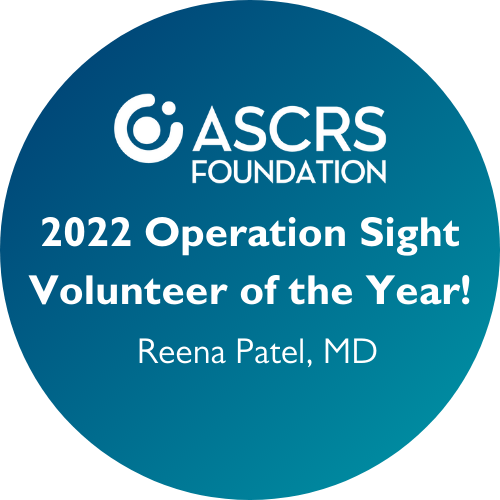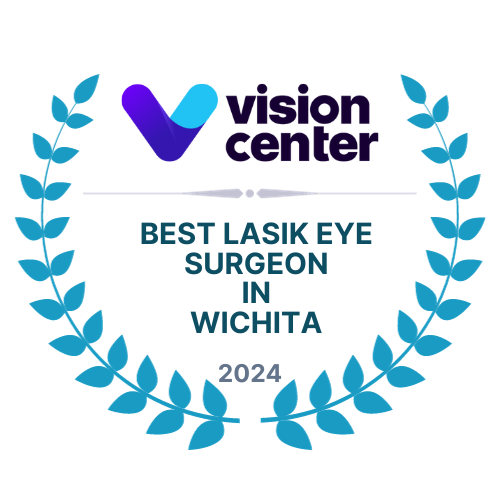IntraLase LASIK is an advanced form of laser vision correction. During IntraLase LASIK, a special sophisticated femtosecond laser is used to precisely reshape the cornea to correct each patient’s vision in a customized way. IntraLase LASIK is a safer, more effective version of LASIK.
How does it work?
During IntraLase LASIK, first the laser is used to create what is called a flap; the outer layer of the cornea is partially detached and folded back, allowing the laser to reach the inner layers of the cornea without damaging the outer layer. Then, the laser is used to precisely sculpt the inner layer of the cornea to correct the patient’s vision. The flap is then replaced to protect the sculpted cornea, and it rapidly heals back into place.
How is IntraLase LASIK different from LASIK?
The most obvious difference between IntraLase LASIK and traditional LASIK is how the flap is created — in traditional LASIK, the flap is actually created by using a surgical blade wielded by the surgeon’s hand. However, in IntraLase LASIK, the very fine and precisely controlled laser is used to create the flap. The laser used to sculpt the cornea and create the flap is much more precise than lasers used in traditional procedures.
What are the expected outcomes?
IntraLase LASIK has been reported to restore 97% of patients to 20/20 vision (compared with 78% undergoing traditional procedures). In addition, revision surgery is almost never required after an IntraLase procedure, while revision surgery is fairly common after traditional procedures. Traditional LASIK is very safe, with fewer than 0.5% of patients experiencing complications, but this advanced procedure has a complication rate that is an estimated 95% lower than traditional LASIK procedures.
What is the actual procedure like?
Patients are usually lightly sedated and asked to lie motionless on their backs. The eyes are numbed using special eye drops and an instrument is placed to keep the eyes open. Then the procedure is performed; it usually only takes a few minutes.
What is the recovery like?
Patients will need to be careful to protect the eyes from dust and avoid rubbing them until the flap heals. Vision will be blurry immediately after the procedure and then will clear up as the eyes heal; this process will take several weeks. Some patients experience dry eyes that require eye drops for several months after the procedure.
What are the possible complications?
Serious complications are extremely rare. There is a very low risk of infection. The most commonly reported difficulty is reduced visual acuity in low light conditions.







